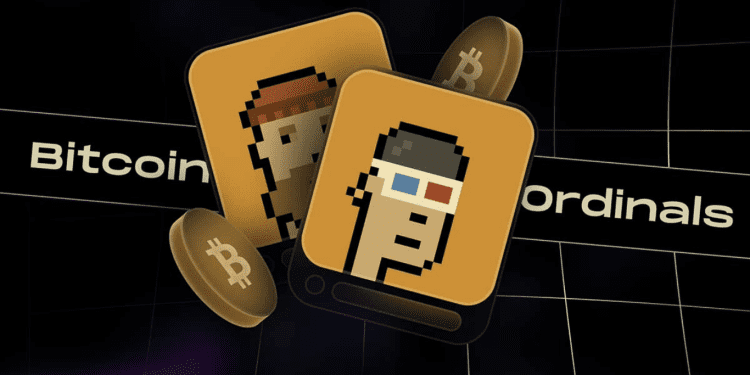- Bitcoin Ordinals thinker unveils a different token system potentially replacing BRC-20.
- BRC-20’s design results in excess leftover transaction outputs, known as UTXOs.
- The proposed “Runes” system could enhance efficient handling of UTXOs.
The innovator of Bitcoin Ordinals is spotlighting a fresh idea: a different token method rooted in Bitcoin, posing as a possible successor to the BRC-20 token model. This move is a response to certain stumbling blocks related to BRC-20. This token model, brought to life in March by a coder named “Domo”, astonishingly achieved a market value of $1 billion in a mere sixty days. Notable tokens under its belt include PEPE and ORDI.
BRC-20’s primary function is the establishment and movement of interchangeable tokens via the Ordinals procedure. But there’s a hitch. BRC-20 tends to produce an overabundance of leftover, unused transaction outputs, or UTXOs for short. Rodarmor, a sharp observer in this field, flags this surplus as a concern.
Fast forward to a September 25 online article, and Rodarmor launches “Runes”, pitching it as an alternative focused on UTXOs. He wants to see if this newly introduced model can leave a smaller digital footprint and steer users towards smarter UTXO management, it might iron out kinks spotted in current models.
To simplify, UTXOs are what remains in terms of cryptocurrency value in one’s digital wallet post a transaction. This leftover sum then gets earmarked for succeeding transactions, all documented in the UTXO record. One standout trait of Bitcoin’s UTXO method is that it beefs up the clarity and responsibility of the Bitcoin record, guarding against duplicate deals.
Not stopping there, Rodarmor also turned his analytical gaze to other interchangeable token methods on Bitcoin. He highlighted hitches in methods such as Really Good for Bitcoin, Counterparty, and Omni Layer. While he did nod to the usage of interchangeable tokens for possibly dubious objectives, he’s bullish on what lies ahead. For Rodarmor, a well-designed interchangeable token model has the potential to ratchet up the value of the Bitcoin network, luring a larger crowd of developers, users, and transaction fee revenues.
Interestingly, on September 25, in a digital chat on Twitter Spaces, Rodarmor shared with The Ordinals Show host, Trevor Owens, that “Runes” was a newly minted idea. He’s still mulling over where it might head. To this revelation, Owens hinted at potentially earmarking $100,000 from the Bitcoin Frontier Fund for developers up for bringing the Rune application to life, advancing Rodarmor’s groundbreaking thought.
Ordinals and Ethereum NFT Rivalry Continues
As the digital asset landscape expands, the competition between various forms of tokens and digital assets intensifies. One prominent example is the growing rivalry between Bitcoin Ordinals and Ethereum-based NFTs. Both factions hold strong claims on which digital asset holds more value, causing spirited discussions among NFT and blockchain enthusiasts.
Rodarmor’s latest proposition has positioned Bitcoin Ordinals at the forefront of this debate, as it offers an innovative and efficient alternative to existing systems. While the crypto community waits with bated breath, only time will determine which protocol will reign supreme in the ever-evolving digital currency market.














